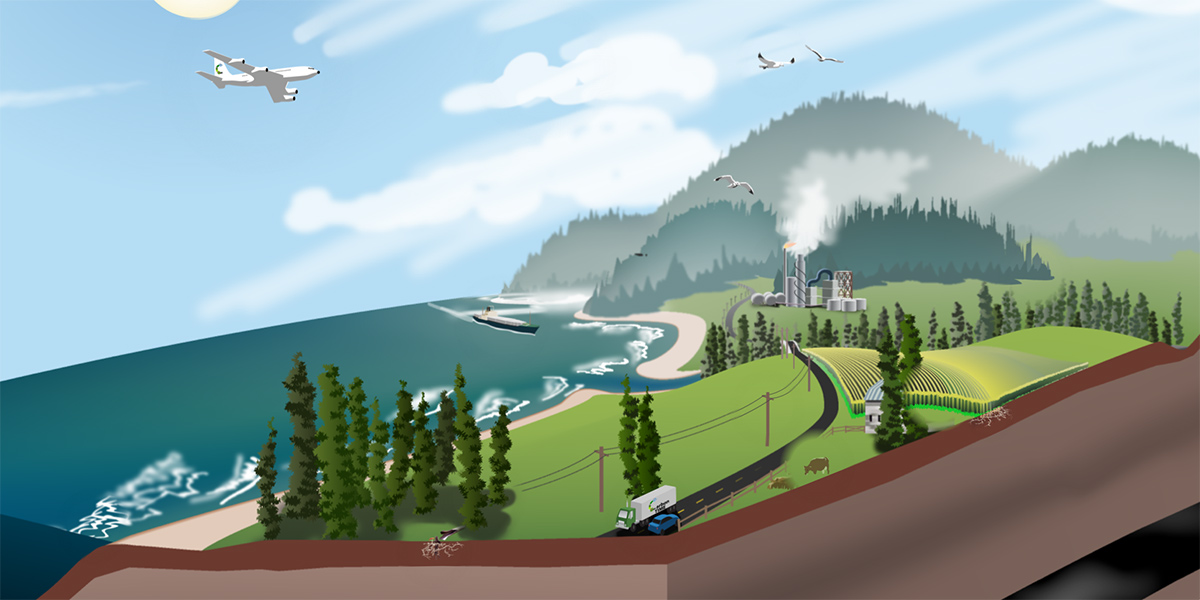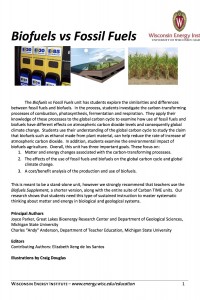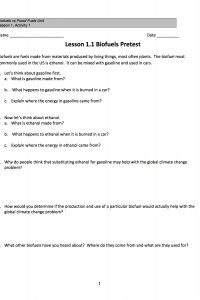Biofuels vs Fossil Fuels Unit

The Biofuels vs Fossil Fuels unit has students explore the similarities and differences between fossil fuels and biofuels. In the process, students investigate the carbon-transforming processes of combustion, photosynthesis, fermentation and respiration. They apply their knowledge of these processes to the global carbon cycle to examine how use of fossil fuels and biofuels have different effects on atmospheric carbon dioxide levels and consequently global climate change. Students use their understanding of the global carbon cycle to study the claim that biofuels, such as ethanol made from plant material, can help reduce the rate of increase of atmospheric carbon dioxide. In addition, students examine the environmental impact of biofuels agriculture.
Overall, this unit has three important goals. These focus on:
- Matter and energy changes associated with the carbon-transforming processes.
- The effects of the use of fossil fuels and biofuels on the global carbon cycle and global climate change.
- A cost/benefit analysis of the production and use of biofuels.
This is meant to be a stand-alone unit, however we strongly recommend that teachers use this Biofuels vs. Fossil Fuels unit along with the entire suite of Carbon TIME units. Our research shows that students need this type of sustained instruction to master systematic thinking about matter and energy in biological and geological systems.

